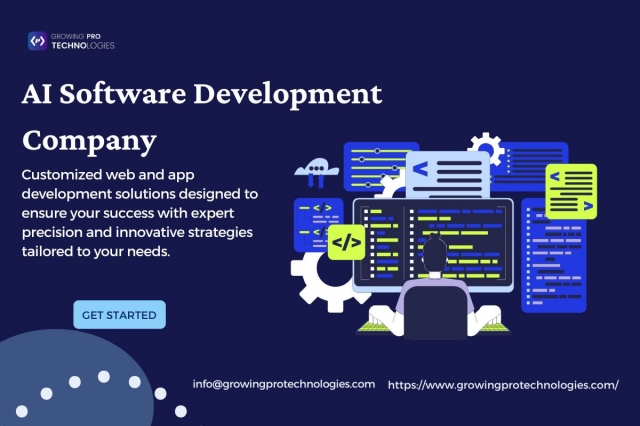Let's face it—businesses today are constantly looking for smarter ways to save money and streamline operations. That's where Robotic Process Automation (RPA) steps in. It's like having a digital workforce that never takes breaks, doesn't make mistakes, and works 24/7.
So, how does it actually work? And more importantly, how can it help you save time and cut costs? Let's break it down.
What is Robotic Process Automation (RPA)?
RPA is a type of software that automates repetitive, rule-based tasks. Think of it as a virtual assistant that can handle routine processes like data entry, invoice processing, payroll updates, and more, all without human intervention.
Unlike traditional software, RPA bots mimic human actions like clicking, typing, or copying and pasting. But the real magic happens when RPA is combined with AI, giving these bots the ability to make decisions and handle more complex tasks.
Time is Money, And RPA Saves Both
One of the most obvious advantages of RPA is the speed it brings to the table. Tasks that used to take hours can be completed in minutes. For instance, an RPA bot can process thousands of invoices overnight—something that would take a team of employees' days to finish.
This kind of speed not only reduces processing time but also frees up employees to focus on higher-value tasks. It's a win-win: faster results and more engaged workers.
Where the Cost Savings Come In
Implementing RPA might seem like a big investment at first, but it pays off quickly. Here's how it helps reduce operational costs:
- Fewer Errors: Mistakes are expensive. RPA bots don't get tired or distracted, so the margin for error drops significantly.
- Lower Labor Costs: With automation handling the repetitive stuff, businesses need fewer resources to manage the same volume of work.
- Better Resource Allocation: Employees can focus on strategic initiatives, boosting productivity and business growth.
Many custom software development firms are now integrating RPA tools into enterprise solutions to help clients optimize processes while keeping costs under control.
Real-World Use Cases of RPA
Still wondering where RPA fits in? Here are a few common examples where businesses are already saving time and money:
- Finance & Accounting: Automating bank reconciliations, billing, and tax calculations.
- Human Resources: Streamlining employee onboarding, time-sheet validation, and benefits processing.
- Customer Service: Speeding up ticket resolution and automating responses to common queries.
- IT Operations: Managing user accounts, resetting passwords, and system monitoring.
An ai software development company can tailor RPA solutions to these specific needs, making sure automation aligns with your existing infrastructure.
RPA and Mobile App Integration
You might be surprised to know that RPA isn't just for desktops. It can work seamlessly with mobile apps too. If you're working with an android app development company, integrating RPA can help automate backend tasks like syncing user data, updating records, or triggering alerts.
This leads to smoother user experiences and faster turnaround times—without overloading your app development team with manual tasks.
RPA + AI = Smarter Automation
While RPA is great on its own, things get even better when you combine it with Artificial Intelligence. AI can help bots understand natural language, analyze data patterns, and even make predictions.
This type of intelligent automation opens the door to advanced workflows—like chatbots that resolve issues instantly or bots that make data-driven decisions.
No wonder many businesses are turning to an AI software development company to bring this level of intelligence to their operations.
Getting Started with RPA
If you're considering RPA, here are a few tips to get started:
- Identify repetitive tasks: Start with processes that are rule-based and frequent.
- Choose the right tools: Work with custom software development firms that understand your industry.
- Test and Scale: Begin with a pilot project, measure the results, then expand gradually.
The beauty of RPA is that it's highly scalable. Once you see the impact in one area, you can roll it out across departments.
Conclusion
Robotic Process Automation is no longer a futuristic idea—it's here, and it's transforming how businesses operate. Whether you're looking to improve accuracy, speed up processes, or just reduce overhead, RPA has a role to play.
From partnering with an android app development company for mobile automation to working with a reliable AI software development company for intelligent bots, the possibilities are endless. And with the right strategy, RPA can help you achieve more—with less.
The question isn't if you should adopt RPA, but how soon you can get started.






